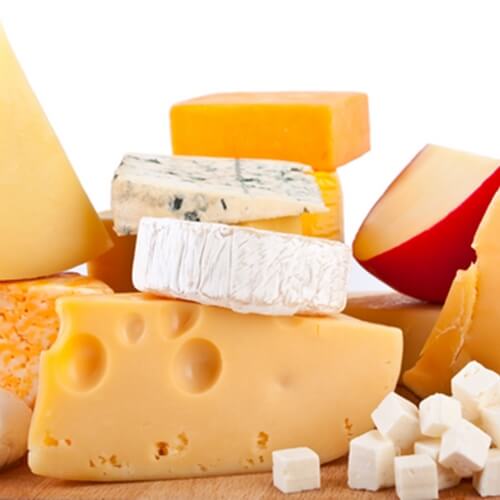Italian bank accepting cheese in lieu of money
According to Good Magazine, an Italian bank has started accepting cheese instead of money as collateral for loans to farmers. This practice isn’t new – it’s been documented as far back as the Renaissance period.
Cheese in the bank
The bank chain, Credito Emiliano (Credem), is catering to the farmers of the Emilia-Romagna region, where the agricultural industry is struggling. The bank is accepting luxury cheeses such as rounds of Parmigiano-Reggiano in exchange for loans that help the farmers stay in business.
While cheese is perishable, the banks are OK with this fact because they can sell the dairy products for high prices if the farmers default on the loan. If they are able to buy it back, the locals, too, have a decent profit to gain for selling the cheese once it has been returned to them.
A bank is actually a pretty great place to keep Parmigiano-Reggiano. The cheese needs two years to mature and can be a pain to store as it requires consistent temperatures and can come in large wheels that may weigh up to 175 pounds. Banks are temperature-regulated in order to keep cash and coins in the best condition possible, so they are a perfect environment for storing this perishable.
Real v. fake cheese
According to Forbes, much of the cheese Americans consider to be parmesan is actually fake. Italian law states that the real thing, Parmigiano-Reggiano, can only be made with milk, salt and rennet. They even regulate production in that the milk must come from cows in the Parma/Reggio region of Italy and the process of turning the ingredients into cheese has to take fewer than 20 hours. Cheeses that we find in the U.S. with the translated label of “parmesan” tends to have extra ingredients, like potassium sorbate, cellulose powder and cheese cultures, making them illegitimate in terms of cheese legality.
Even cheeses sold in the U.S. under the “parmesan” name that have wax rinds or other high-end packaging can be misleading. True Parmigiano-Reggiano has both copyrights and trademarks and falls under specific rules that most Americans have never even heard of.
If you are looking for the real deal for your online chef courses, consider hopping a plane to the region where the cheese originates. Or just head to your local upscale grocery store and check that the cheese is made with only three ingredients: milk, rennet and salt. All other varieties are simply imposters trying to make their way in the complex dairy-product world.


